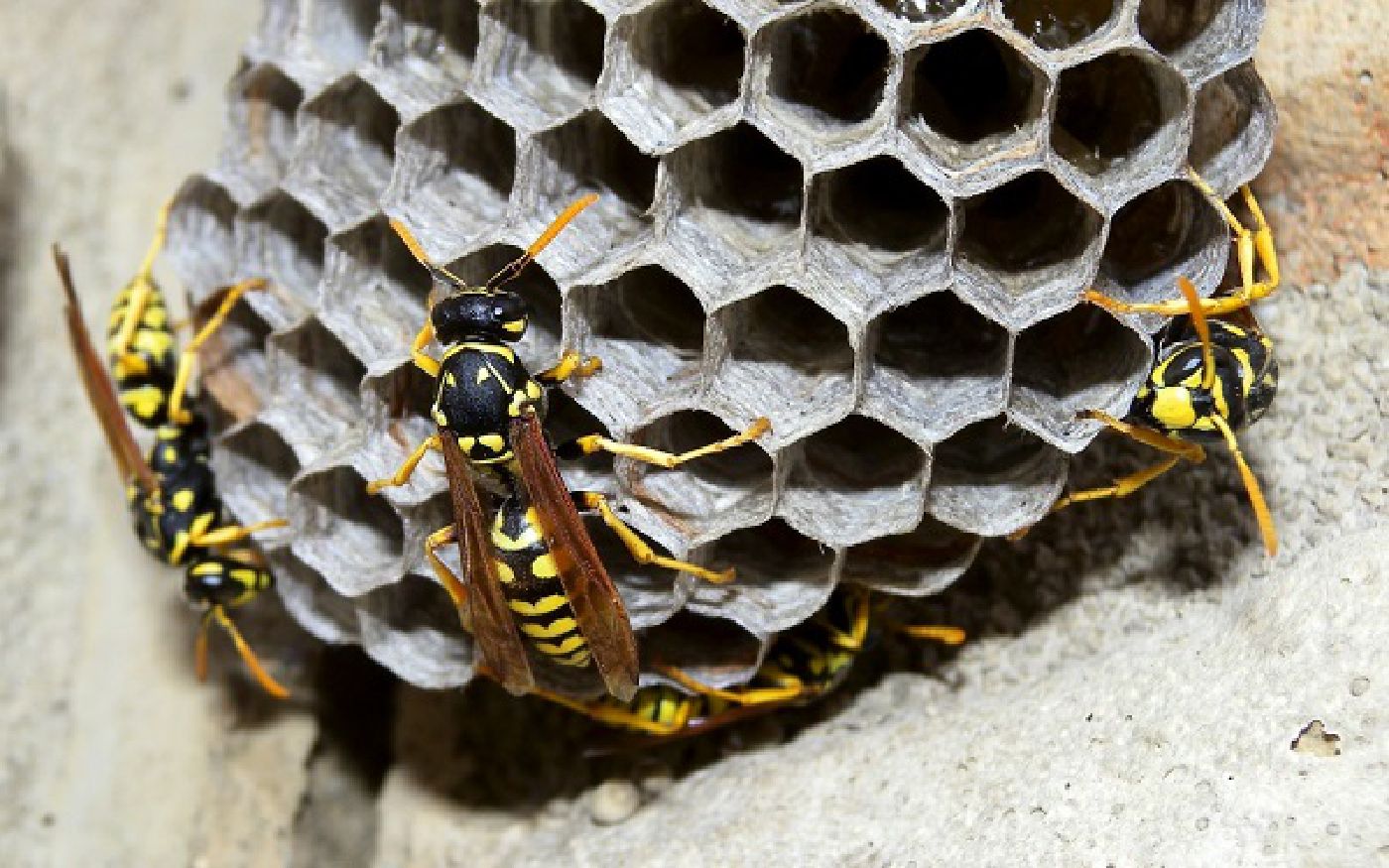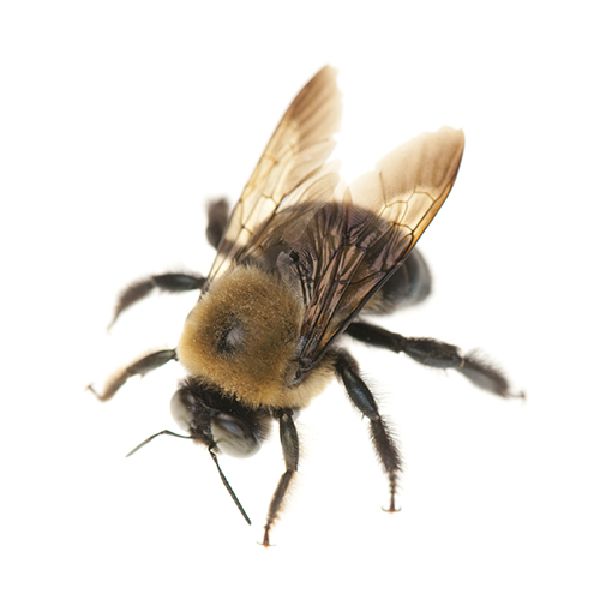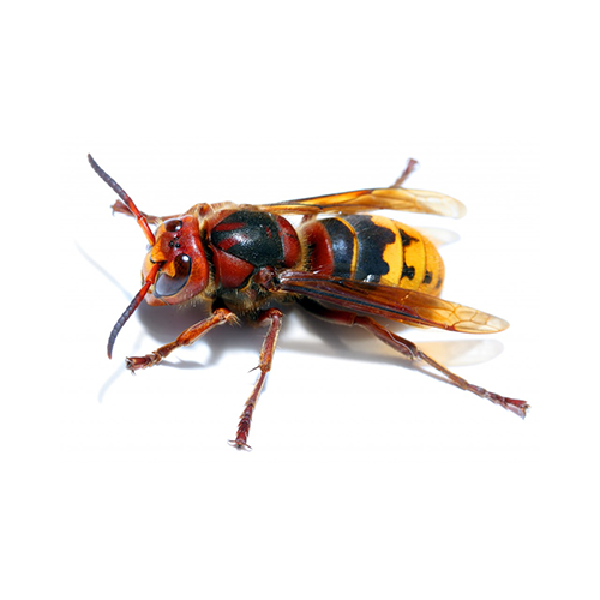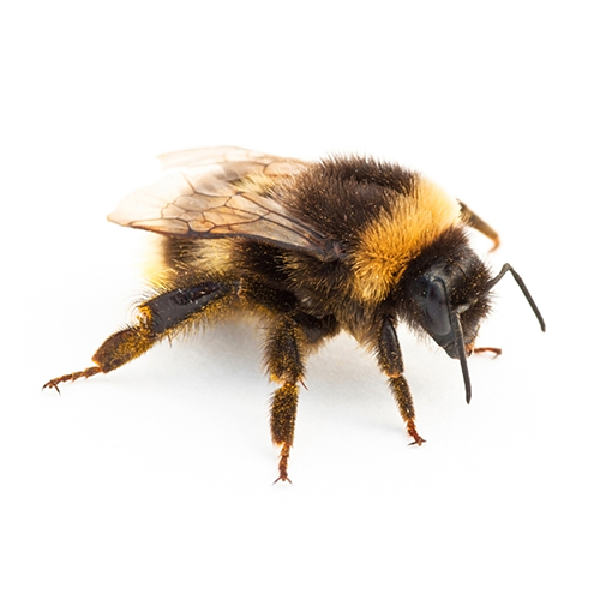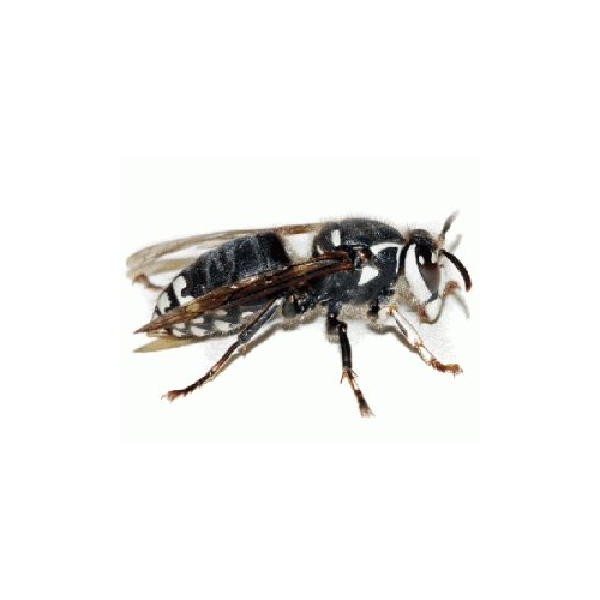Honey bee Swarming is Natural
Swarming is Honey Bee Colony Reproduction
Honey bees are a natural super organism that collectively make up individual colonies. Only the queen of the hive is able to lay eggs and her single job is to grow the colony so it can cast off and reproduce to continue the species.
Swarm Preparations for the colony
When a colony reaches a size large enough to cast off a subset of its members to make a new nest, preparations or swarm impulses kick in. The queen is prepared by the workers to leave the nest and the queen herself lays eggs in special cells prepared for replacement queens. When things are ready, the scouts and reigning queen along with one third to half of the hive exit the colony nest and head for a new home.
False Starts happen sometimes
In a normal swarming event the bees will exit the nest and the queen will leave with them. Sometimes she doesn't leave and there will be a great ferver for a while with bees flying all over but they end up returning to the hive if the queen didnt' come out. This is referred to as a 'false swarm'.
The Cadences of event for a swarm setting up a new home
- Exiting and Staging
Bees will prepare the colony and exit the hive. Prior to swarming scouts have checked out locations and sometimes the location is known and the bees will fly right to it. Most times however the queen will exit the hive with the swarm and land nearby on a branch, tree, or actually just about any odd place. The attendents that look after the queen will and with her and then the entire cluster of bees often forms a mass around the queen.
- Choosing a Nest Site
Sometimes the bees know where they are going and sometimes they need to scout a new location. Bees most times will stage at a site for a period of time while scouts visit and vote on a new location for the colony. Scout bees literally go to prospective homes and then return to land on the mass of bees and report back through a series of activities how good the location was in hopes of drawing momentum for the site they saw. If they report a good site other bees will be recruited to check out that location and see if they agree. Eventually the campaigns for different home sites solicit a winner and with consensus they fly off to their new home. If you listen to a departing swarm you might note a joyous hum at the bees departing for the new destination.
- Getting Set Up
Once they get to the destination they will commence building honey comb and within a few days or a weeks time the queen will have a place to lay eggs and get the colony established. Bees in nature will nest in trees, sometimes the ground but truth be told what is more important to them is the size of the cavity, protection, type of entrance and surroundings. By nature their best option is in the cavity of a tree, up high, and out of the way of predators. Bees that live in nature often take advantage of old nest sites that could have bee around for generations or make a new home and start from scratch. Bees that are not managed by beekeepers are referred to as feral bees.
Recovery for the Mother Colony
When a swarm issues from a colony the remaining bees, the ones that stay behind, begin a new chapter in life. The daughter queens left behind emerge from their queen cells and if more than one, which is fairly typical, find each other and battle to determine who will rule the colony. Sometimes the first queen to emerge will go to the other queen cells and dispatch them so as to ensure her reign.
Only a few days after emerging the queen will leave the hive to be mated and subsequently return and begin her leadership over the hive, spending the remaining day inside until she leaves with a swarm or is replaced by a daughter she'll produce when her usefullness has waned.

